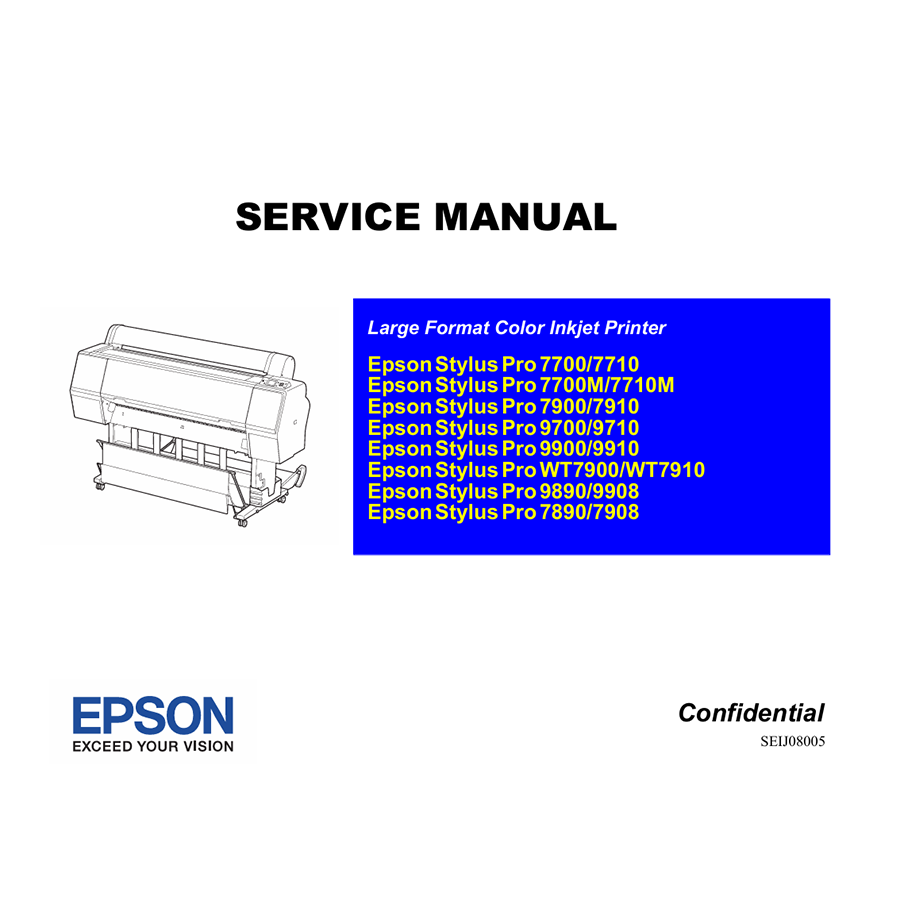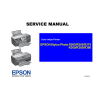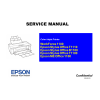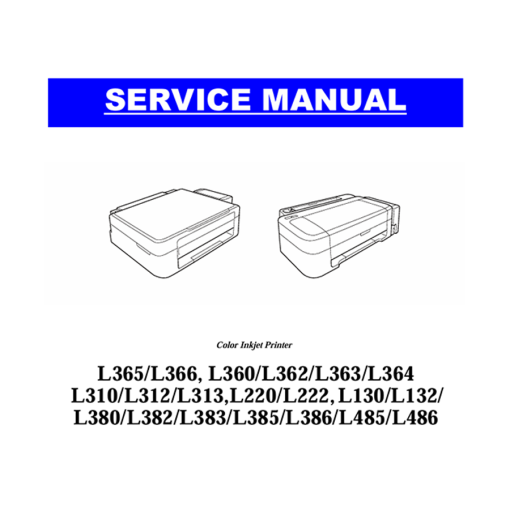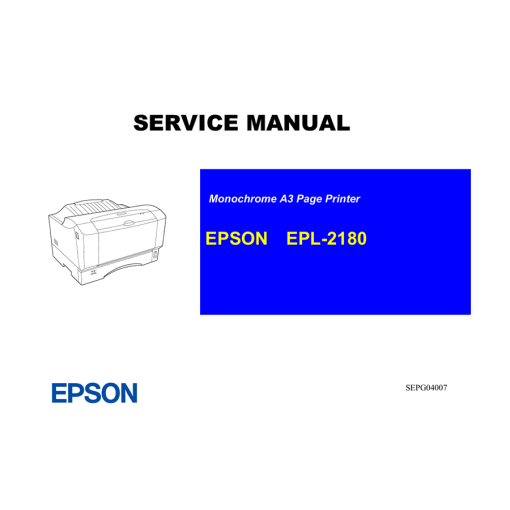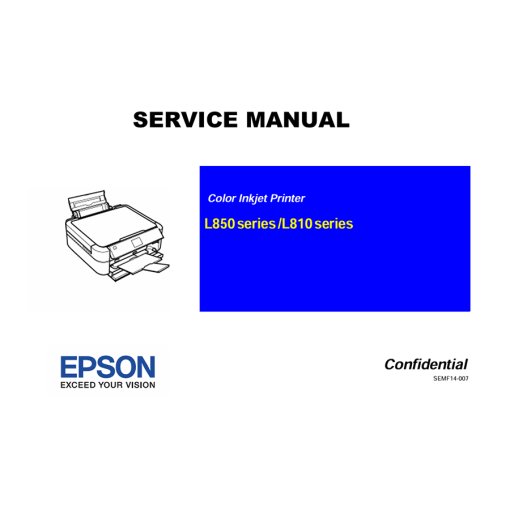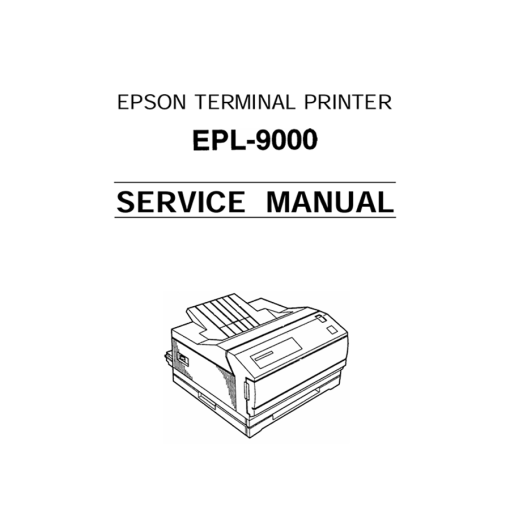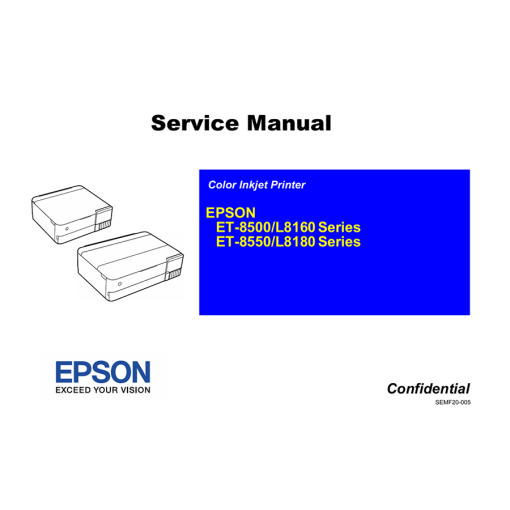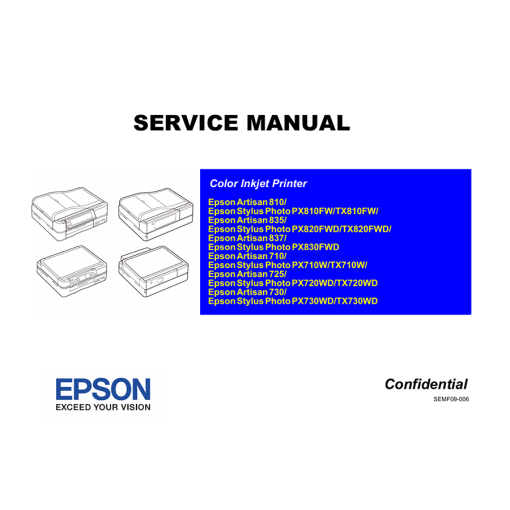-
×
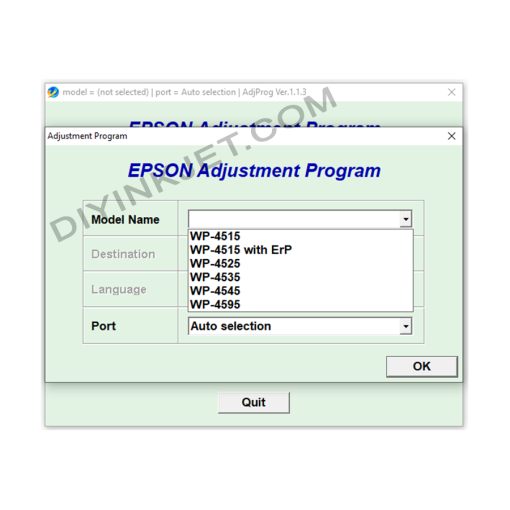 Epson WF-4515 WF-4525 WF-4535 WF-4545 WF-4595 Adjustment Program
1 × 0 $
Epson WF-4515 WF-4525 WF-4535 WF-4545 WF-4595 Adjustment Program
1 × 0 $ -
×
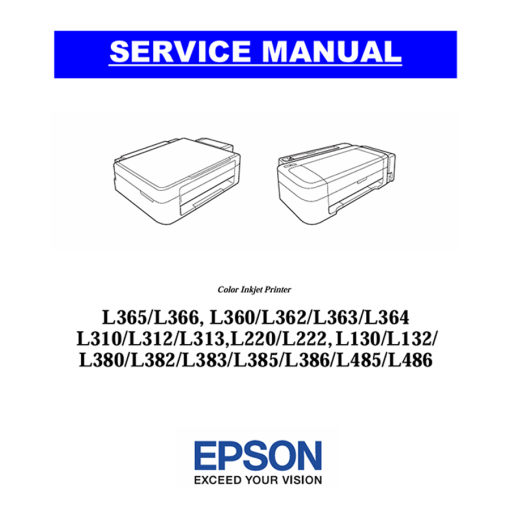 Epson Service Manual: The Indispensable Guide for Your Epson EcoTank L38x & L48x Series Inkjet Printers
1 × 0 $
Epson Service Manual: The Indispensable Guide for Your Epson EcoTank L38x & L48x Series Inkjet Printers
1 × 0 $ -
×
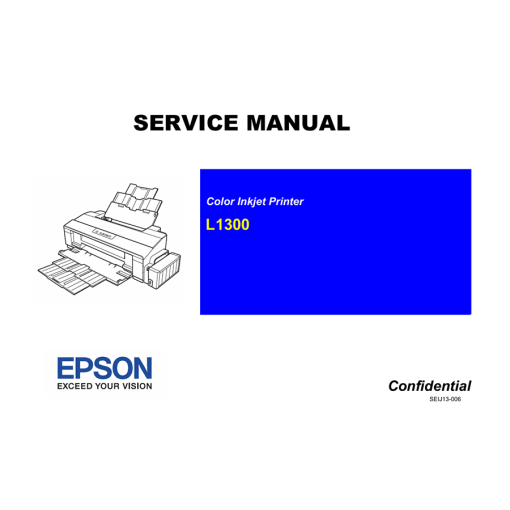 Epson Service Manual: The Essential Guide for Your Epson EcoTank L1300 A3+ Inkjet Printer
1 × 0 $
Epson Service Manual: The Essential Guide for Your Epson EcoTank L1300 A3+ Inkjet Printer
1 × 0 $ -
×
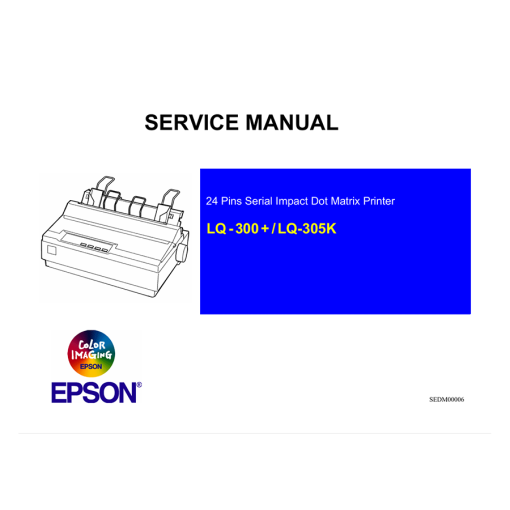 Epson Service Manual: The Essential Guide for Your Epson LQ-300+, LQ-305K, LQ-305K-C Dot Matrix Printers
1 × 0 $
Epson Service Manual: The Essential Guide for Your Epson LQ-300+, LQ-305K, LQ-305K-C Dot Matrix Printers
1 × 0 $ -
×
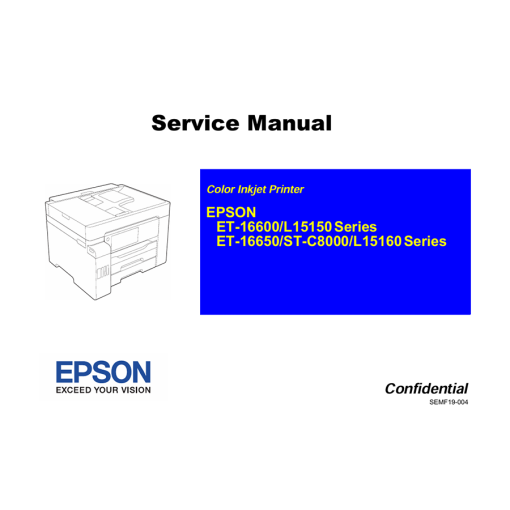 Epson L15158 L15168 L15150 L15160 C8000 16600 16650 Color Inkjet Printer English Service Manual
1 × 0 $
Epson L15158 L15168 L15150 L15160 C8000 16600 16650 Color Inkjet Printer English Service Manual
1 × 0 $ -
×
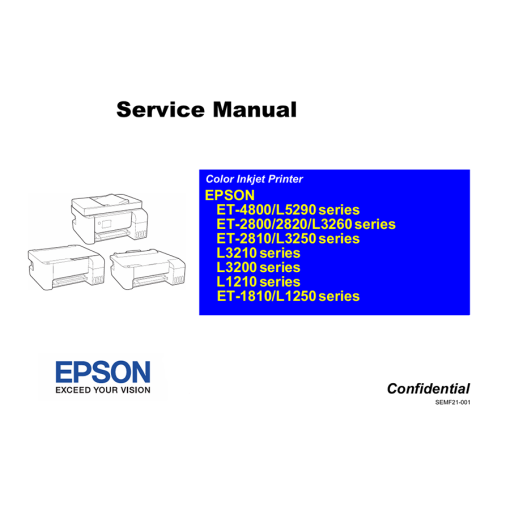 Epson Service Manual: The Ultimate Repair Guide for Your Epson EcoTank L-Series & ET-Series Printers (L3250, ET-4800, L5290, 28xx, 32xx, 12xx, 1810 Series)
1 × 0 $
Epson Service Manual: The Ultimate Repair Guide for Your Epson EcoTank L-Series & ET-Series Printers (L3250, ET-4800, L5290, 28xx, 32xx, 12xx, 1810 Series)
1 × 0 $ -
×
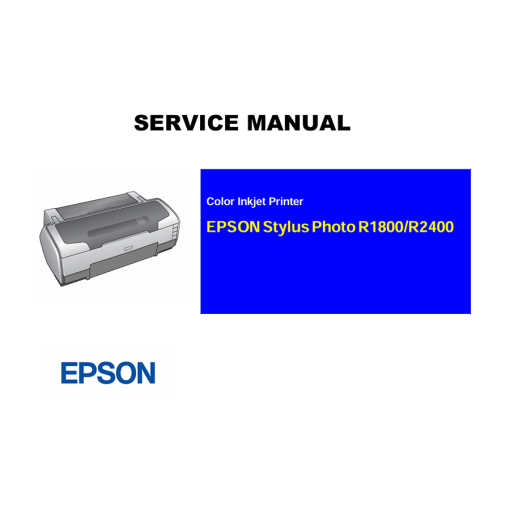 Epson Service Manual: The Definitive Guide for Your Epson Stylus Photo R1900 & R2880 A3+ Printers
1 × 0 $
Epson Service Manual: The Definitive Guide for Your Epson Stylus Photo R1900 & R2880 A3+ Printers
1 × 0 $
Subtotal: 0 $

